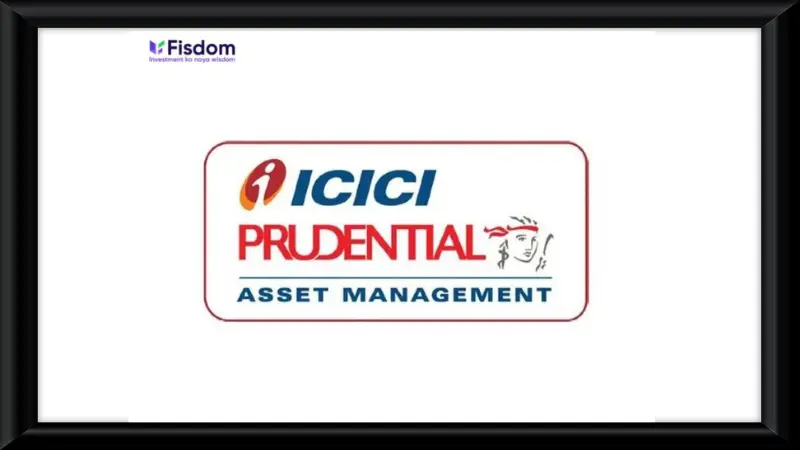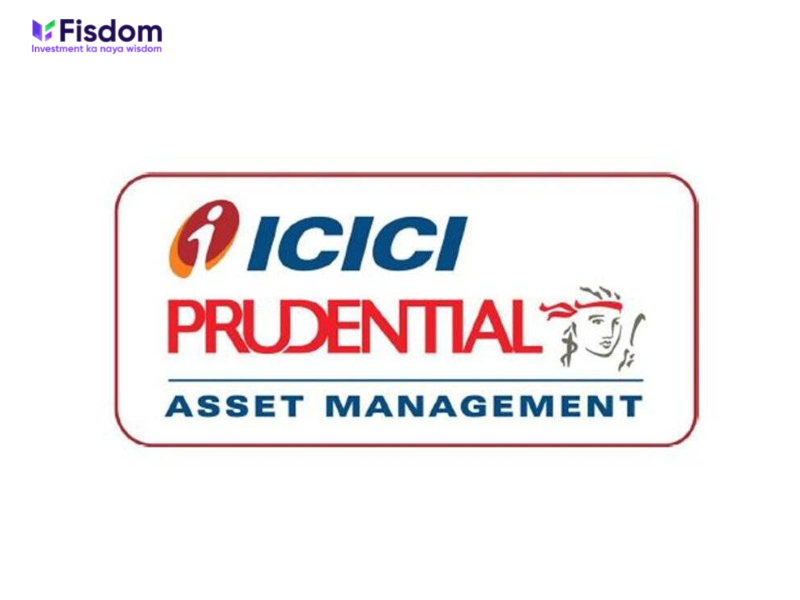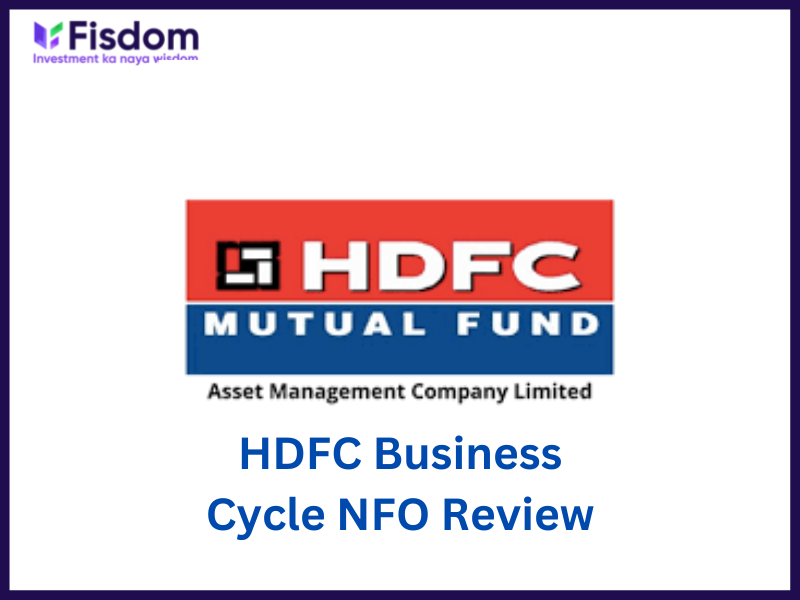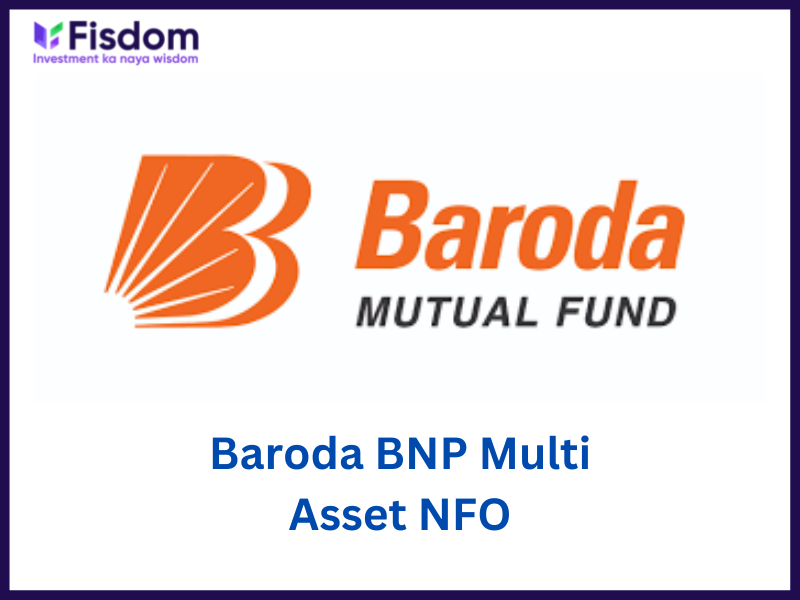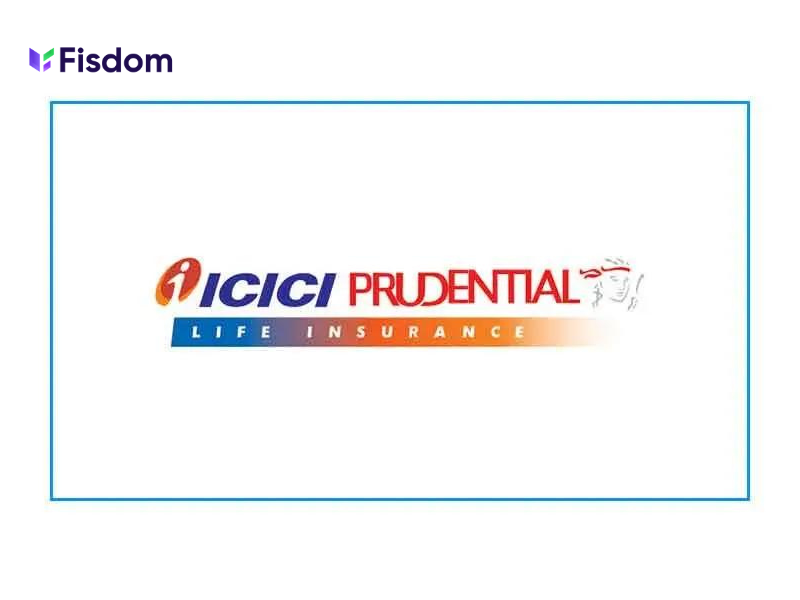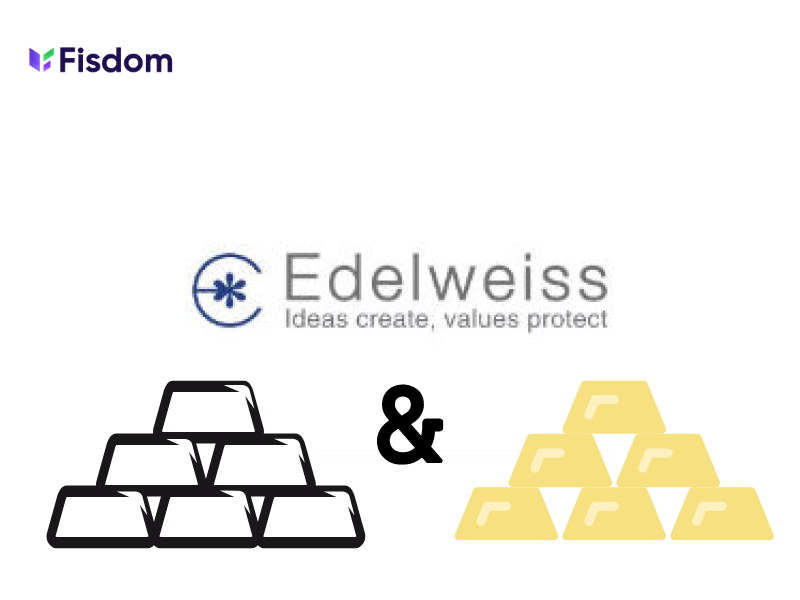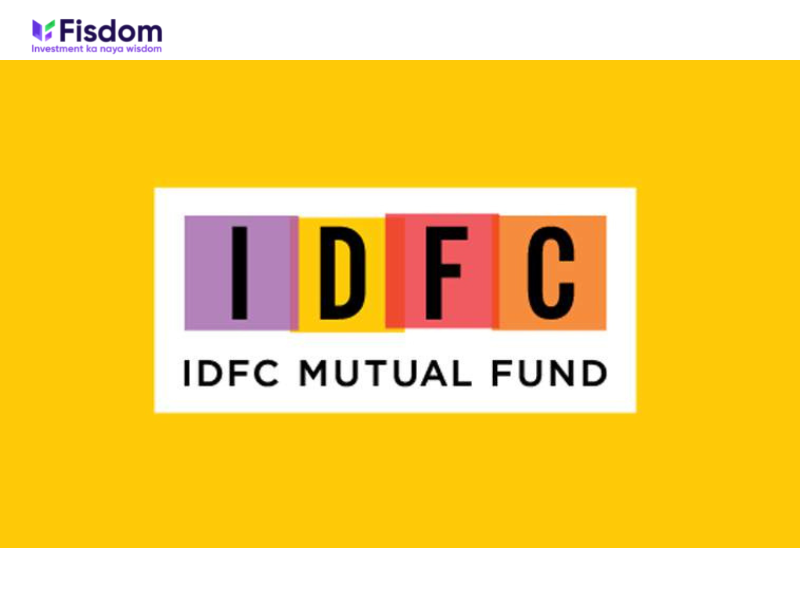
Introduction
IDFC Mutual Fund has launched a New Fund Offer in the transport and logistic sector IDFC TPT & Logistics Fund. The NFO opened on 4th October 2022 and will close on 18th October 2022. The allotment of units of the fund after the NFO will be completed by 25th October 2022 and the fund will open for regular subscription from October 27, 2022.
Investment objective
This fund is in the nature of sector funds. The objective of the scheme is to invest in equity and equity-related securities belonging to the transport and logistics sector and generate long-term capital growth for the investors. The fund, however, does not provide any guarantee of achieving the objective or generating returns.
Also Read: Points to keep in mind before investing in NFOs
Reasons to invest
- Diverse portfolio
The fund is expected to invest broadly in sectors focused on personal mobility, logistics, and global businesses (up to 20% of its net assets). This provides a broad spectrum of investment opportunities for investors including airline companies, Auto OEMs, Auto Ancillaries, Shipping Companies, EV OEMs, Shared Mobility, and ride-hailing companies. Besides the diversification through the different lines of businesses in the transport and logistics sector as mentioned above, the fund will also invest in debt instruments as per its Scheme Information Document (SID)
- Bullish view for the transport and logistics sector
The transport and logistics sector is expected to be on the recovery due to multiple factors like
- the replacement demand
- premiumization trend in the auto sector
- increased electronification and technological advancement in the sector
- beneficial regulatory changes to boost the demand for the sector and meet the global needs
- increase in the export potential and foreign trade for the sector
- improving infrastructure, and the shift from unorganized to organized markets post-GST
These factors encourage the bullish view on the sector as a whole.
- Portfolio construction approach
The fund is going for a CME approach in portfolio construction which focuses on the Competitive positioning, Management quality, and Earnings trajectory of a company while selecting its stock to be included in the fund. The seven factor investment framework of the fund is based on the factors like
- price power of the company with respect to its peers
- Scalability of the business and the growth output that can be banked on for the product segment
- Alignment of the management views with that of the shareholders and their ability to translate their strategies and abilities for the benefit of the company and ultimately the shareholders.
- Having an alignment of the fund with the benchmark
- Focus on the fundamentals of the company like PE ratio, PB ratio, sales in the selection of stock
- Focus on earnings trajectory more than the focus on absolute numbers.
- Assessment of past financial statements and focus on three key factors namely, EBITDA/ Net Operating Assets, Cash flow from EBITDA, and Debt/EBITDA
- Target investors
This fund belongs to the sector funds category and therefore is a high-risk fund. Hence, it is ideal for aggressive investors with a high-risk appetite looking for growth potential in the growing premiumization story in the country. Based on the investment focus of the fund, it is also suitable for investors aiming for allocation in the non-core portfolio for alpha generation.
Performance of Index
The benchmark of this fund is the Nifty Transport and Logistics Index. The performance of this index in comparison to other indices is tabled below.
| Period | Nifty Transportation and Logistics TRI | Nifty Auto | Nifty FMCG |
| 3-Year | 27.2% | 20.71% | 14.6% |
| 5-Year | 8.6% | 4.55% | 14.5% |
| 10-Year | 17.3% | 12.44% | 13.79% |
Risks of investment
- Sectoral cycles
One of the major risks that the fund will face is the cyclical trends in the sector. Until recently, the automobile sector, aviation sector, etc. had seen a significant drop in demand due to various contributing factors. The market is bullish on the transport and logistics sector currently but the risk of any downtrend will result in lower returns for the investors.
- High taxes
Higher taxes and the cost of fuel have a direct impact oin the ultimate cost to be borne by the customer. A significant increase in these costs may lead to a reduction in the demand for the sector ultimately affecting the returns for investors. .
- Environmental issues
Another grave threat to this sector is the negative impact on the environment through transport and logistics. The emission of fuels and the damage to the environment has been voiced loud and clear over the decades and the efforts taken to reduce the same are not significant. Therefore, any potentially demanding altering regulation passed by the government to favour environmental issues may be detrimental to the sector as a whole.
- Competition
The competition in the transport and logistics sector is quite high. Add to this the entry of international players and technology-backed EV start-ups, and the competition further increases. While healthy competition is generally a boon to the industry and the ultimate consumers, extreme competition and the latest technological changes may drive out smaller players who may not be able to meet the demands of high competition.
- Rising input cost
Inflation has impacted the transport and logistics sector among other sectors of the economy. The rise in the input cost at various stages of production till the ultimate sale trickles down to the overall cost of the product contributing directly to reduced profit margins.
Fund details
| Scheme name | IDFC Tpt & Logistics Fund |
| Type of Scheme | An open-ended equity solution scheme focusing on the transport and logistics sector |
| Category of the scheme | Sector Fund |
| Benchmark | Nifty Transportation and Logistics Index |
| Plan and options | Plans – Regular Plan and Direct PlanOptions – Growth option and IDCW |
| Fund Manager | Mr. Daylynn Pinto (Equity portion), Mr. Harshal Joshi (Debt Portion), Ms. Nishita Dosh (Overseas Investment Portion) |
| Exit Load | 1% if redeemed within 1 year of investmentNIL if redeemed after 1 year of investment |
| Minimum Investment | Lumpsum Mode – Minimum Rs. 5,000 and in multiples of Re. 1/- after that and minimum Rs. 1,000 (in multiples of Re. 1/- thereafter) for additional application |
| NFO Period | 4th October 2022 – 18th October 2022 |
How to invest in the IDFC Tpt & Logistics Fund?
Investors can invest in this fund through the Fisdom app.
FAQs
NFO (New Fund Offer) is launched by the Asset Management Companies (AMCs) to generate funds for launching a new mutual fund. These funds are then pooled to buy the shares or other securities as per the fund’s mandate or the guidelines based on which the fund is launched. NFOs are like IPOs where all the relevant details of the funds are provided at the time of their launch and the units of the fund are usually set at Rs. 10 per unit for a subscription. SEBI guidelines allow the NFOs to be active for a maximum period of 30 days following which the units of the fund are traded based on their daily NAV.
NFOs, at the time of their launch, are launched in two categories namely close-ended funds and open-ended funds. The details of each type of fund are mentioned below.
Open-ended funds
The majority of mutual funds are launched as open-ended funds. Investors can subscribe to the fund at the nominal rate (usually Rs. 10 per unit) during the NFO period. After the NFO period, when the units are traded based on the daily NAV, the investors stand to gain huge capital gains depending on the performance of the fund.
Close-ended funds
Close-ended funds, on the other hand, do not allow the investors to subscribe to the fund after the NFO period is closed.
Investing in NFOs is a very good opportunity to maximize the returns as the units can be subscribed at nominal rates and the returns are potentially higher based on the prevailing NAV at the time of redemption. However, there are several points that need to be considered while subscribing to an NFO. Some of such points are highlighted below.
a)Track record of the AMC
NFOs are offered for the new mutual fund so no proven track record can be reviewed by investors to make an informed investment decision. The investors have to therefore rely on the reputation of the AMC and other details mentioned in the NFO to make an investment decision.
b)Expense ratio (if mentioned)
NFOs need a good amount of publicity to make the investors aware of the fund and the investment opportunity. It is therefore essential for the investors to check the expense ratio of the fund and ensure that it does not outweigh the net gains.
c)Check if the fund is in correlation to the existing portfolio
Recently there have been many NFOs in the market that investors can choose from. However, while selecting the fund the investors must check if the fund is not similar to an existing fund in their portfolio. For example, if the fund is a large-cap fund and the investor already has one or two similar funds in their portfolio, investing in another will not add much value to the net returns or the diversification of the portfolio. On the other hand, many NFOs can be sector-specific or country-specific. In such a case, investors have to check if the fund is in line with other factors like their risk-return profile and investment goals.
d)Review the SID carefully
Reviewing the SID (Scheme Information Document) is a crucial step that should not be missed by investors while investing in NFOs. It contains all the relevant information about the fund managers, their qualifications, and experience which is crucial for the funds’ performance. Other relevant information includes the investment profile of the fund, target sectors or securities, benchmark index, asset allocation ratio, etc. This helps the investors understand the returns expectation of the fund as well as the target investments where the fund will invest the pooled funds. Investors having a risk-return profile in line with that of the fund can thus invest in such funds.
Investment in NFOs can be done through two main routes i.e., the online or offline modes. The details of the same are mentioned below.
a)Online mode
The online mode of investment is suitable for investors already having a Demat account and a trading account. Investors can simply select the NFO and invest by selecting the number of units to invest and paying for the same through online payment modes available on the platform.
b)Offline mode
The offline mode of investment in NFOs is through registered brokers and distributors. Investors can contact their brokers and distributors providing them with the details of the amount to be invested and they can invest in the selected NFOs on their behalf. Investors can make hassle-free investments through such modes as all the necessary forms to be filled and the formalities to be met are looked after by these entities giving investors the benefit of ease of investment. The charges for such services are nominal when compared to the potentially high returns.














